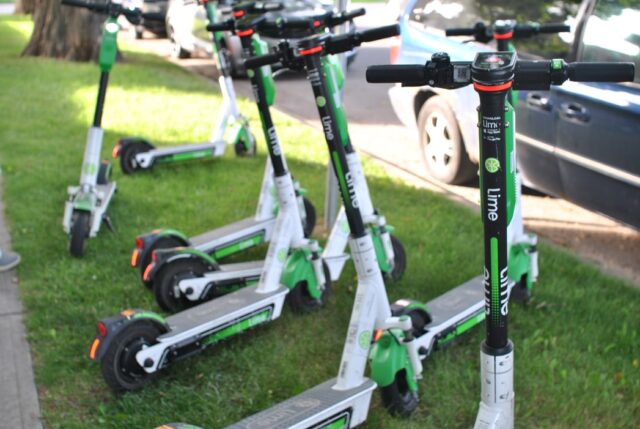
When it comes to riding an escooter, you will need to be aware of the 1988 Road Traffic Act. This is because the act restricts what riders can do. Escooters are known as powered transporters and they are covered by the same laws as motor vehicles.
If you wanted to legally ride your new escooter on the road it would need to be taxed and insured. While this doesn’t seem like such a bad thing to do, taxing and insuring anything can be quite expensive.
In addition to this, children and teenagers who ride a two-wheeler would be too expensive to insure. In fact, it’s unlikely that any insurance company would be willing to accept their money. This article here explains this in more detail.
Safety Standards

Another section of the 1988 Road traffic Act that has an impact on escooters is the part the refers to safety standards. By law, to be able to ride a powered transporter on the roads the escooter will have to pass specific safety tests. Many rides that are on the market right now would not pass these tests.
This means that if a company wishes to manufacture a unit that’s fit for use on the road they might need to change most of the design. Could this make them unrecognisable? There is a real potential.
Meeting the Technical Requirements
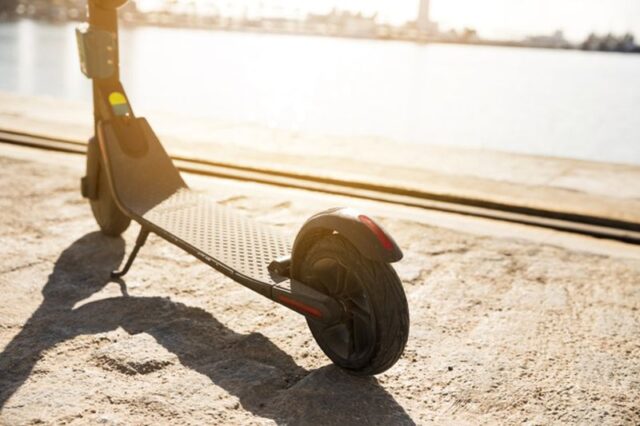
If a manufacturer was to produce an escooter that has the right requirements the Drive and Vehicle Standards Agency (DVSA) would need to approve the technical requirements.
It’s not immediately obvious what the technical requirements are. However, they’re likely to be similar to that of mopeds.
Banning Escooters From the Roads
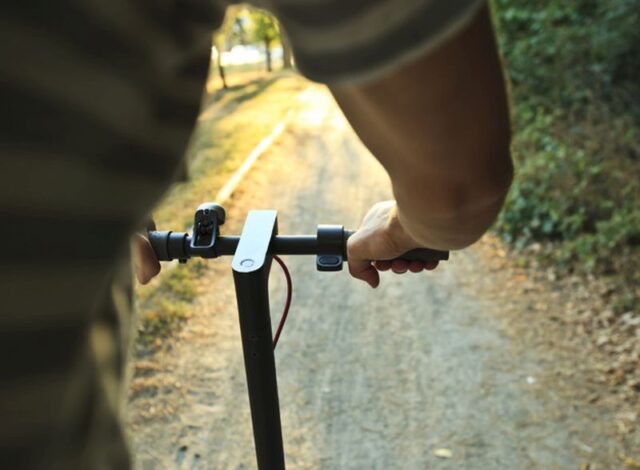
Part of the 1988 Road Traffic Act states that mechanically propelled vehicles are banned from being used on public footpaths, cycle paths, and pavements.
What this essentially means is that anyone caught riding an escooter could face a fine of up to £300 (Correct at the time of writing). If a driver was found to be using it on the road they could have up to 6 points added to their licence. The same could apply if they were also found riding on pavements.
Escooters and Private Land

The good news is that the 1988 Road Traffic Act permits the use of escooters on private land and pathways. This is perfectly legal. However, you will need the landowners permission. If you are caught riding your new wheeler and you don’t have permission you could be fined. There isn’t any indication in the Road Act as to how much you could be fined but the assumption is that it’s £300.
If you have your own private land or you do have permission from the landowner to ride your escooter then you can ride it as much as you like. The issue is how you get home, do you risk being fined by riding your scooter home or do you simply pick it up and carry it home? As far as the law is concerned you’ll need to do the latter.
Plans to Change the Laws
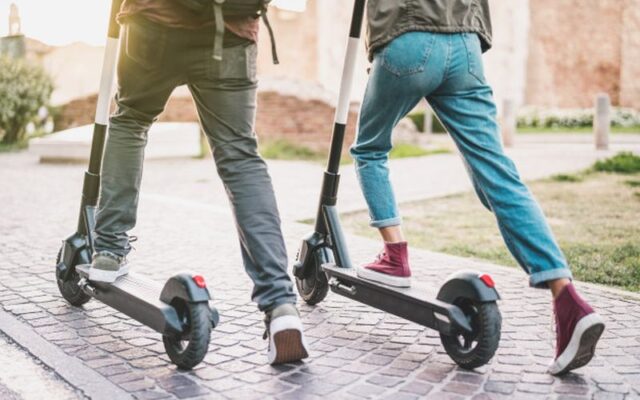
The good news is there are some plans to take a look at the current law. When the 1988 Road Traffic Act was written there were no escooters around. However, at the time of writing this article some 32 years later, escooters are becoming increasingly popular.
The British Government has apparently conducted a review on what the appropriate testing for escooters would be. However, there is little information about this. Ministers were also expected to talk about the legality of escooters in February 2024, however, the onset of Covid-19 seemed to put a stop to it.
Newspapers have been stating that the law is likely to change which is great news. The difficulty seems to be surrounding safety issues as some people have been killed using escooters on the road.
As you can see, there has been a lot of discussions surrounding escooters and their legality. For now, the best place to ride them is on private land. However, there is a real chance that sometime in the future we all might be able to jump on our bikes and travel anywhere we wish.
Careless driving
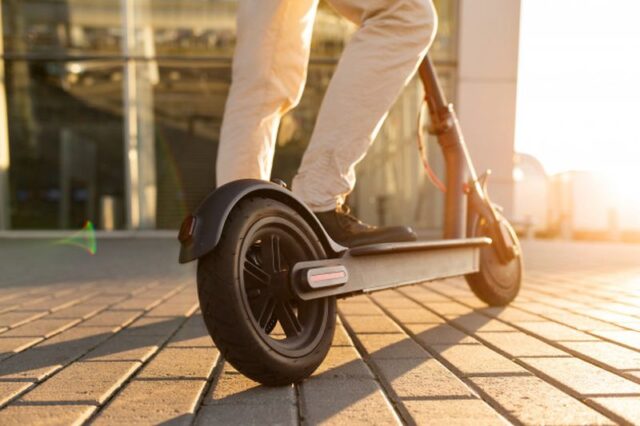
The rules for riding an electric scooter vary from country to country, city to city. It is important to inform yourself about them. Remember to signal to people if you turn and don’t act carelessly.
If you carry something, put it in a backpack, which will stand on both shoulders, not just one, because it can fall on you, which will lead to a loss of control. The same goes for a mobile phone. Consider like you are driving a car or bike. If you do not have hands-free devices, never look at your phone while driving. Be maximally concentrated.
Practice at the beginning
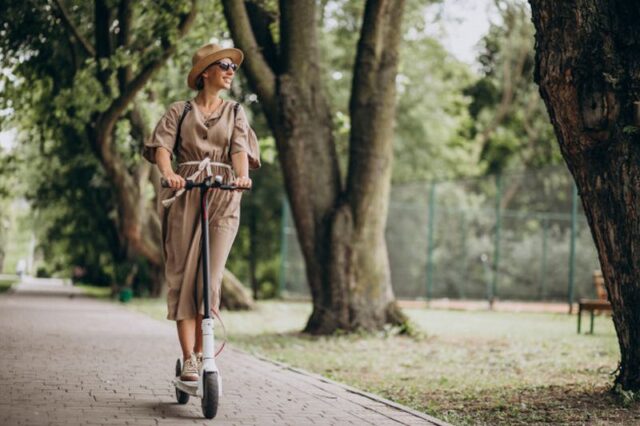
Maybe an electric scooter will seem like something very easy to ride. Especially if you rode a scooter all your childhood. Or you may be very good at cycling, rollerblading or skateboarding. Yet this is a completely different matter. First of all, its stability is compromised due to the small wheels.
Holes that could be easily crossed while riding a bicycle can cause problems here. So, practice when you buy it. It’s best to find some empty space, like a parking lot, and drive until you’re sure of your skills. You can also make a polygon and thus practice turns and abrupt stops.
Also exercise by driving around the cones. Keep your knees slightly bent to be more stable. Whole driving experience will be much better, once you are familiar with your new vehicle. And above all, you and people around you will be safe.







